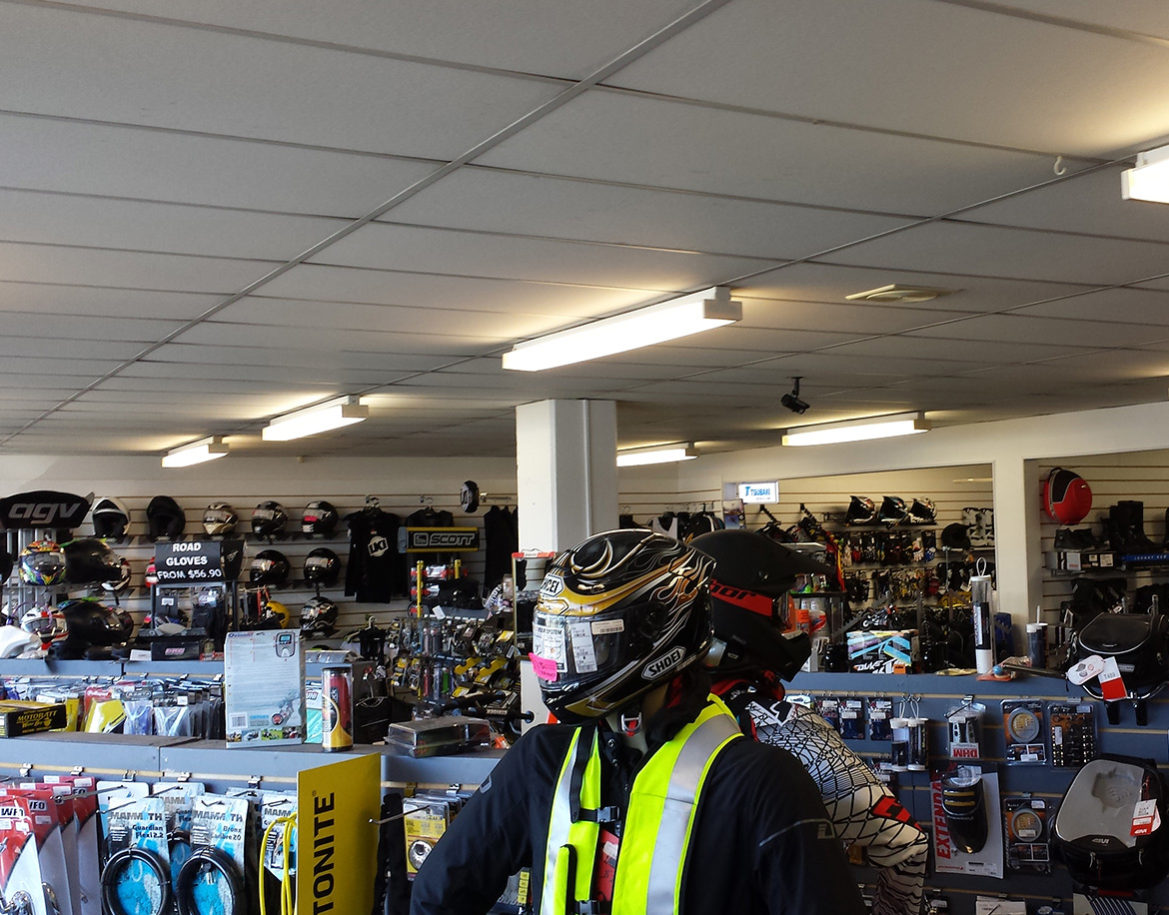Understanding Motorbike Gears: Exactly How to Enhance Your Riding Experience
In the realm of motorcycling, mastering the art of equipment control is essential for enhancing your riding efficiency. Correctly recognizing and using motorcycle gears can dramatically affect fuel, acceleration, and control efficiency, changing a typical trip right into a seamless, electrifying journey.
Comprehending Equipment Mechanics
At the core of motorbike dynamics, equipment technicians play an essential duty in transforming engine power into motion, inevitably determining rate and control. The gear proportions, meticulously created, figure out the relationship in between engine changes and wheel turns, affecting acceleration and gas performance.
Understanding equipment technicians begins with identifying the relevance of the gearbox, which houses several gears of varying dimensions. These gears connect via a process understood as meshing, where teeth of different equipments engage to transfer power.
Moreover, the idea of equipment moving is important to making best use of performance. Timely and smooth changes guarantee that the engine runs within its optimum power band, avoiding unneeded strain and improving long life (moto parts nz). By comprehending these mechanical details, riders can accomplish an unified blend of effectiveness, power, and control, raising their riding experience
Timing Your Changes
Shift timing proficiency is essential for enhancing motorbike performance and boosting the riding experience. Properly timed changes make certain that the engine runs within its ideal power band, which is important for keeping control, attaining smooth velocity, and making certain the long life of the motorbike. Bikers need to create an instinctive feeling of when to move gears, which entails comprehending the connection between engine transformations per minute (RPM) and speed.
To understand change timing, pay very close attention to the engine's noise and feel, as these offer crucial hints regarding when to change gears. The ideal change factor commonly happens when the engine approaches the upper series of its power band without reaching the redline. Shifting prematurely can cause a lack of power, while changing far too late may cause unneeded engine stress
In addition, road problems and riding style influence change timing. In contrast, throughout highway riding, less shifts at greater rates can be much more ideal.
Enhancing Fuel Performance
While mastering bike gears is vital for efficiency, improving gas efficiency is equally vital for both ecological and financial factors. Optimal fuel usage not just reduces operational expenses however also reduces the eco-friendly footprint of riding. To achieve this, one need to recognize the intricate connection between equipment option and engine efficiency.
Riding in a higher gear at reduced rates can lead to engine hauling, which is damaging to both gas economic climate and engine health and wellness. Conversely, riding in lower equipments at high rates results in unnecessary fuel consumption.
In addition, normal maintenance plays a critical role in gas effectiveness. Making sure that the motorbike is well-tuned, with clean air filters and effectively blew up tires, can improve aerodynamics and lower gas waste. Additionally, why not find out more taking on a riding design that embraces steady velocity and smooth deceleration can add to far better fuel economic situation.

Strategies for Smooth Transitions
Accomplishing smooth equipment shifts is fundamental to improving the riding experience and guaranteeing the long life of a motorbike's transmission system. Proper gear changing not only adds to a seamless adventure but additionally reduces damage on the mechanical components. To understand the art of smooth shifts, cyclists should concentrate on a few crucial strategies.

Second of all, clutch control plays a crucial role. Engaging and disengaging the clutch smoothly needs method. The clutch bar need to be released slowly, permitting a smooth transfer of power from the engine to the wheels without creating a shock or abrupt movement.

Adjusting to Roadway Conditions
Navigating diverse roadway problems is an essential ability for any kind of motorcyclist intending to preserve control and safety. Whether site you're riding on damp surface areas, crushed rock roadways, or navigating doglegs, your ability to adjust your equipment use and riding method is extremely important. Recognizing exactly how to change your equipments suitably can substantially impact traction and stability, making sure a much safer trip.
In comparison, when riding on gravel or irregular terrain, reduced gears are better. Lower equipments offer far better control and allow you to react more quickly to unexpected modifications in the road surface.
Sharp contours demand exact gear administration to stabilize speed and control. Downshifting prior to entering a contour can help preserve energy while ensuring the motorbike continues to be steady throughout the turn. Regular practice in different problems enhances your capability to react and predict to modifications in roadway texture and slope.
Conclusion
Grasping bike equipments considerably boosts the riding experience by improving fuel, acceleration, and control effectiveness. A thorough understanding of gear auto mechanics and specific change timing ensures the engine operates within its ideal power band, while smooth shifts via reliable clutch and throttle coordination increase comfort and performance. Adapting gear choice to different roadway problems, such as making use of greater equipments on damp surface areas and reduced equipments on crushed rock, more improves handling and safety and security. Inevitably, these abilities boost the total trip.
Recognizing equipment auto mechanics begins with identifying the value of the transmission, which houses several gears of differing sizes. These gears connect through a procedure known as meshing, where teeth of different equipments engage to transmit power (motorbike shop). Gentle changes to the throttle throughout gear changes can avoid jerky movements and keep a constant riding pace
Whether you're riding on damp surfaces, crushed rock roads, or browsing sharp turns, your capability to adjust your gear use and riding method is vital. Adapting gear selection motorcycle riding clothes to different roadway problems, such as utilizing higher equipments on damp surfaces and reduced gears on crushed rock, further improves handling and safety.